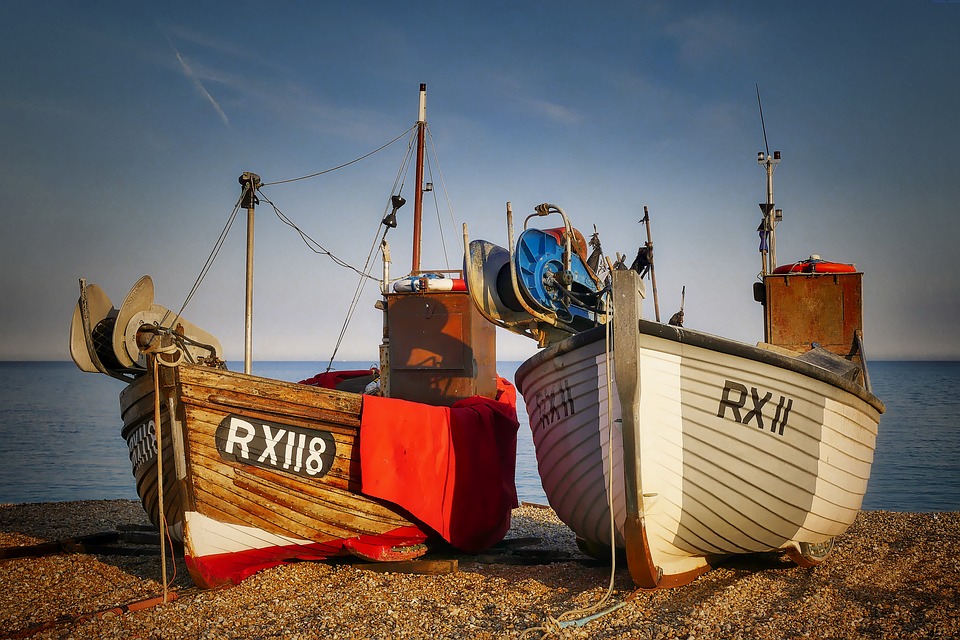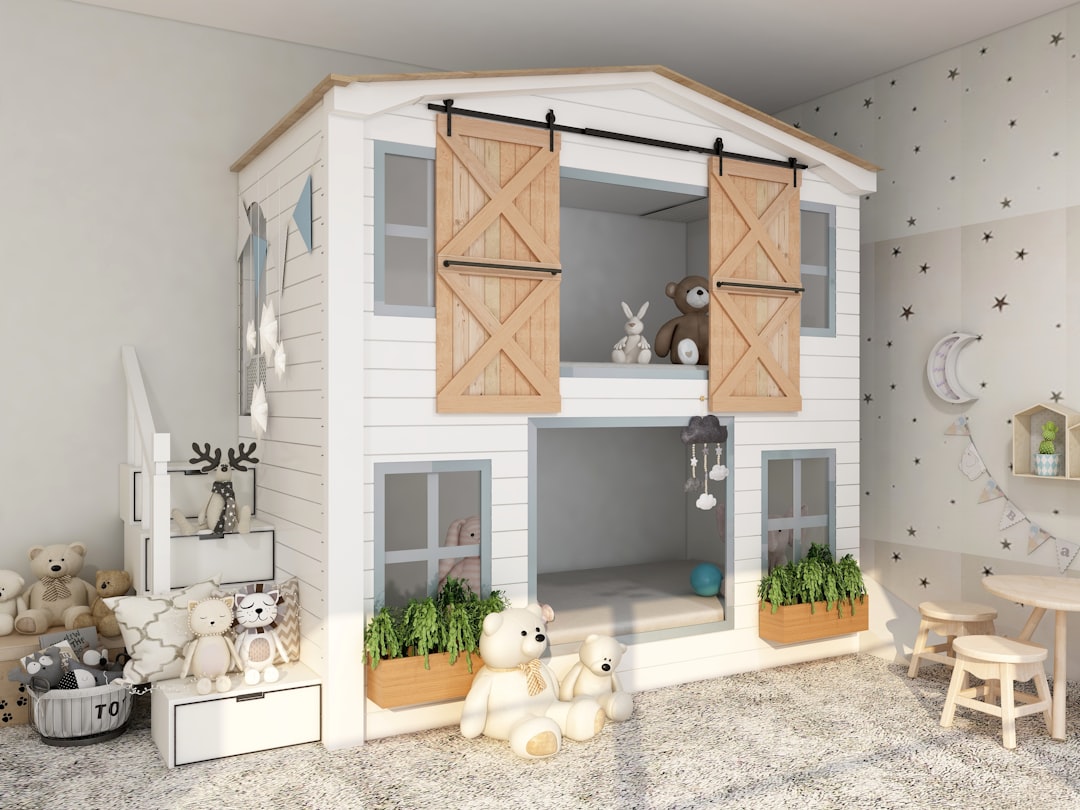Applying a boat wrap is a much faster process than a marine paint job and lasts just as long. The procedure for applying a wrap is as follows:
Get a quote — first find out how much your wrap is going to cost. Your quote will depend on the information you supply, which will be used to work out the costs for materials and labor.
When and where to haul out — a reasonably dust-free environment is needed to do the job. A tent or indoor shed is ideal, but not entirely necessary. An outdoor boat yard where dry sanding is not carried out will be fine. Wrapping should be done when the weather is warm and dry with light winds, since rain, extreme temperatures and strong winds can hamper the process significantly.
Surface preparation — your boat needs to be prepped and ready for wrapping, so make sure to:
• Check for flaking or excessive chalkiness on your boat’s paint or gelcoat
• Fill and fare and dings and dents – uneven areas will be obvious beneath the vinyl
• Clean the hull and get rid of any mold, mildew and marine growth and check through-hull fittings for silicone residue
• Remove skin fittings
Call in a professional if you’re not sure that you’ve done a proper job of prepping your boat.
Boat check — the company doing your wrapping will check your boat to make sure that you’ve prepared the surface correctly and there is easy access to the hull. You must have OSH-approved scaffolding in position and make sure that obstacles such as cradle arms are able to be moved if and when necessary.
A final hull clean — the hull will be given a final clean by the company you’ve hired for the job, to make sure that there is no grease and dust present to cause the vinyl to not stick properly and spoil the finish.
Vinyl measure — the vinyl is then measured and the sheets cut to the correct size.
Applying the vinyl — an experienced boat wrapping expert will apply the vinyl. The vinyl is pressed against the surface of the hull as the backing paper is pulled away and any air bubbles squeezed out immediately.
Re-enforcing the vinyl — high wear areas such as the bow are re-enforced to provide further protection for the vinyl.
Trimming and finishing — careful trimming of the vinyl is done around the gunwales and waterline and any fittings that are still in place. Seams and joins are trimmed and sealant is applied at the waterline to prevent the wrapping from peeling or lifting.
Detailing — the name of your boat as well as any stripes an graphics are now applied, on top of the new vinyl surface.
More and more boat-owners are opting for vinyl boat wraps to protect their boats and give a finish that looks absolutely stunning!





